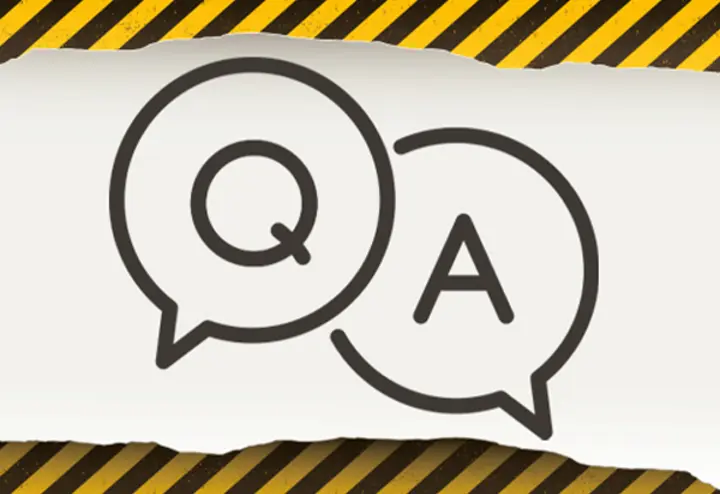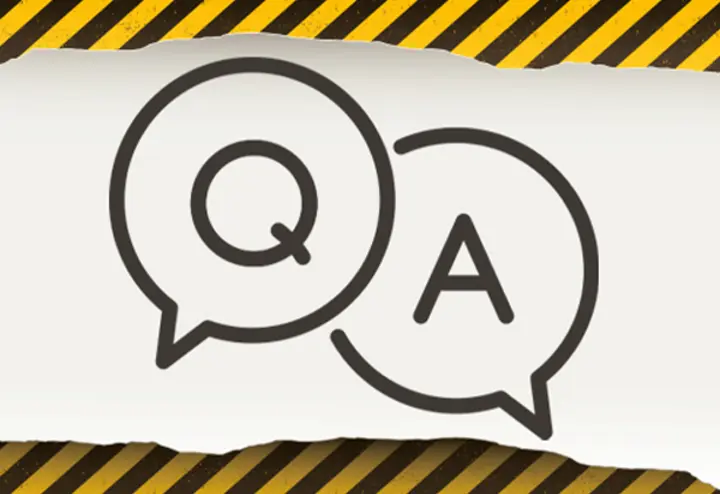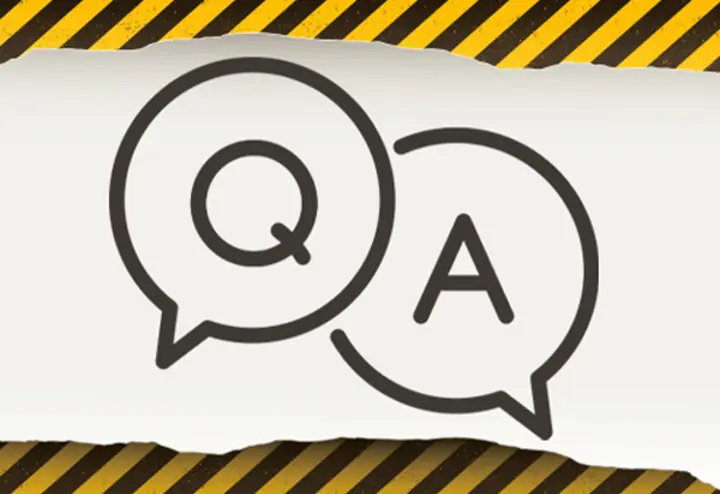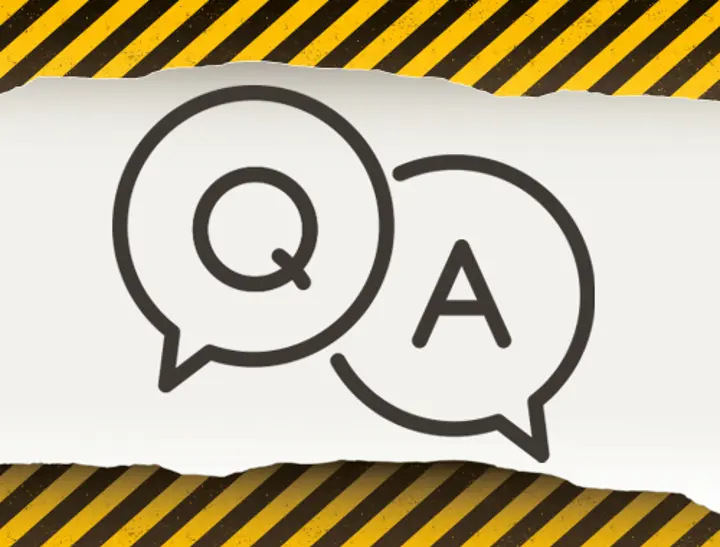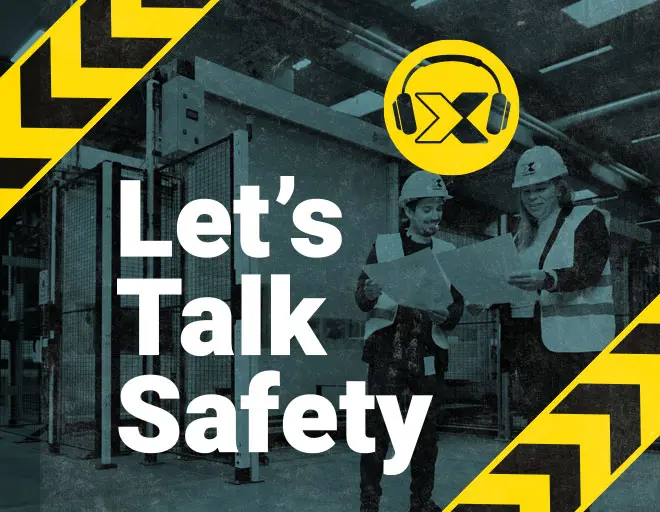-
Protezioni perimetrali
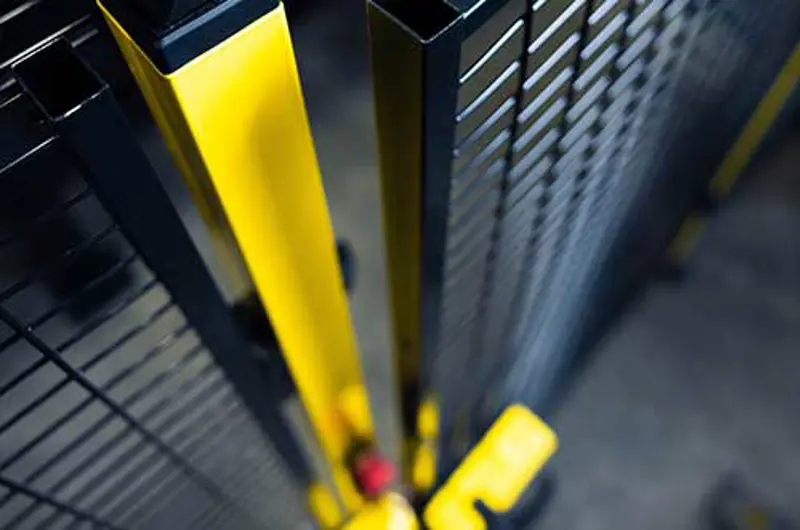
Protezioni perimetrali
Axelent è uno dei principali produttori di protezioni perimetrali sul mercato. La nostra missione è fornire sistemi di protezione perimetrale completi, certificati e conformi alle direttive di sicurezza e alle normative europee vigenti. Offriamo soluzioni avanzate per garantire la massima protezione degli ambienti industriali e la sicurezza dei lavoratori in ogni fase della produzione.
-
Magazzino
Axelent è uno dei maggiori produttori di pannelli in rete per industrie e magazzini esistenti sul mercato
Axelent è uno dei maggiori produttori di pannelli in rete per industrie e magazzini esistenti sul mercato. I nostri prodotti e sistemi sono sinonimo di soluzioni versatili e facili da montare in ogni fase, dalla progettazione all'installazione del prodotto finito.
Pareti modulari e strutture a gabbia
Prevenzione della caduta di merci - scaffalature portapallet
Corrimanto anti-caduta
Scaffalatura portapallet in rete
-
Protezioni antiurto e barriere anti impatto

Protezione dagli impatti
Questa è la nostra gamma di prodotti per la protezione dagli impatti. Abbiamo una gamma completa, dai dissuasori alle barriere pedonali e altro ancora.
-
Passerelle portacavi
X-Tray è il sistema di canaline portacavi di Axelent.
X-Tray è il sistema di canaline portacavi di Axelent. Ha la gamma più ampia del mercato, sia in termini di materiale che di funzionalità. Dal 1° settembre 2022, X-Tray viene prodotto, stoccato e venduto tramite Axelent Wire Tray.

